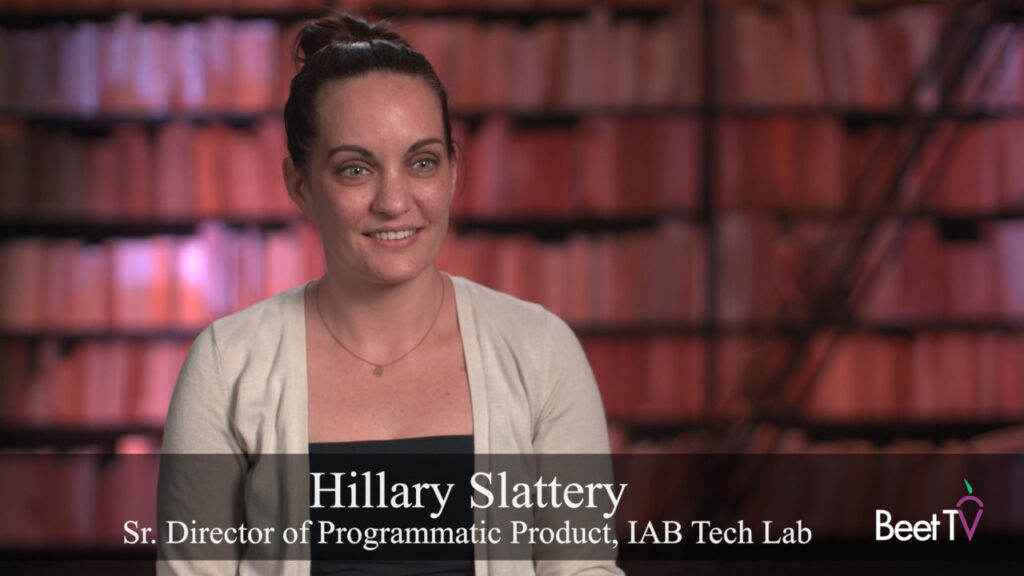They have been the fabric of digital ad targeting for two or three decades – but now third-party cookies are being deprecated, whilst mobile device identifiers are being switched to consumer opt-in.
Taken together and coming off the back of consumer privacy policy changes, it represents the biggest threat to the accepted norms of digital ad targeting in years.
But the demise of these identifiers is prompting new interest in “first-party” data, that which marketers and publishers obtain from consumers with permission.
More accountability
In this video interview with Beet.TV, Comcast Advertising’s Claudio Marcus says the new focus on first-party is giving marketers super-powers.
“Audience segmentation is starting to shift from this reliance on third-party data to using first party data to develop both customer and prospect segments that can be used to build more direct relationships between brands and consumers,” Marcus says.
“First-party data is in some ways more accountable in that it more directly ties the marketing investments to measurement, and then you can track changes in consumer behaviour and also the related impact on business performance or KPIs.”
More measurable
Gaining data on real, consented users makes measuring far more accurate, Marcus thinks.
“Large retailers such as Target and Walmart and Kroger have begun to use their data to enable new types of shopper beta programmes that make their marketing efforts of some of their supply chain partners – mainly the consumer packaged goods companies – more precise and more measurable,” he says.
“They are able to generate insights using that data to support data-driven planning, better-informed campaign targeting, and even things like closed-loop attribution that lets them then measure the campaign performance.
“And that’s applicable not just to digital, but also to traditional linear TV, as well as addressable TV, and then of course their own marketing channels, whether those are digital or physical.”
More choice
Marcus says that larger marketers are going to have “a lot more power” and freedom to combine and enrich respective datasets with partners.
“Smaller advertisers, SMBs, are more likely to be at the mercy of large digital companies like Google and Facebook, but larger marketers are going to have a choice,” he says.
“They can opt to develop their own first-party-driven initiatives and then be able to work with a broader set of partners, which could include other major publishers who may also have their own first-party data or large retailers that have first-party data.
“(Then they can) combine their efforts to be able to work across a variety of traditional and digital marketing channels.”
More familiar
Marcus says the industry is evolving to use first-party data to better measure not only connected TV but linear TV, too.
That is transforming addressability, and helping ad buyers come to connected TV, where they see a familiar medium.
“Traditional marketers like that connected TVs is more akin to a normal TV viewing experience,” Marcus says.
“TV buyers that are willing to pay a premium to reach those folks that are becoming harder to reach via traditional TV.
“Where we’re going is essentially using data to better understand across linear, traditional TV, and both addressable and connected TVs ‘Who am I reaching and whether that reaches incremental or whether I’m just building more frequency’.”
You are watching “First Party Data: Driving Media Investment and Accountability,” a Beet.TV leadership video series presented by Target’s Roundel For more videos, please visit this page. The views shared on this series do not necessarily reflect the opinion of Target and Roundel.







































